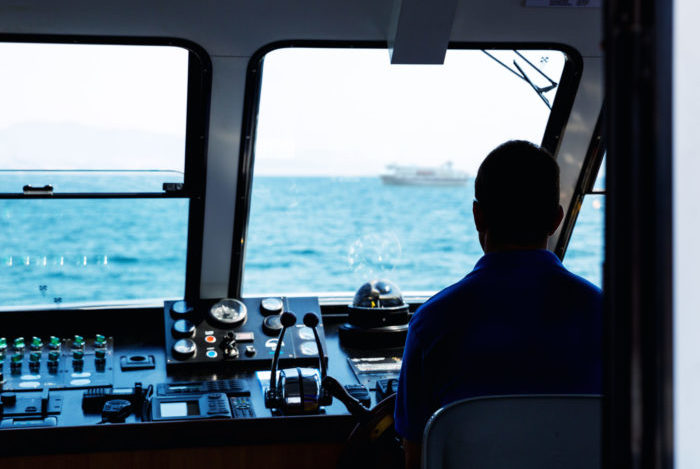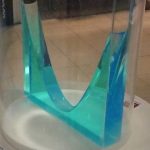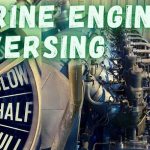The main engine and the steering engine are located aft and far from the bridge and controlled by a maze of wires, pipes, machines, and electronic devices. Prior to entering a port and departing the port, these control systems have to be tested to ensure they are working properly and are effective.
Control Tests
The ship is controlled from the bridge, which is at the top deck of the accommodation. The wheel house, so called as it houses the wheel to control the steering engine, has a number of control stands including the main engine control stand and the telegraph. The main engine is housed in the engine room which is at the aft of the ship below the water line. The main engine is controlled by electro-hydraulic and pneumatic controllers that give signals to the main engine. It is essential that this complex piece of machinery is tested prior to any crucial operations like maneuvering, and these tests are called control tests.
The control test is performed before sailing out and before arrival at a port. It is mainly done to confirm the safe operation of the ship and to ensure that all the control systems necessary for sailing are correctly functioning in a satisfactory manner.
The control tests are:
○ Telegraph checks
○ Steering gear checks
○ Main Engine try out in ahead and astern directions on fuel
○ Communications tests
After carrying out the control tests it should be logged in the bell book stating that the control test was carried out in a satisfactory manner and was successful (for legal purposes).

Telegraph Check
Before the pilot comes on board, it should be checked that the telegraph is functioning properly. The duty engineer in the engine room should acknowledge the telegraph orders from bridge. The navigation officer in charge on the bridge and the duty engineer would ensure that the telegraphs orders are in sync and there is not deviation of orders given via the telegraph.
Steering Gear Checks
Communication in the steering gear room should first be checked and then the rudder angle indicator on the steering gear should be compared to that on the bridge. There should be no discrepancy.
The remote rudder angle indicator is located in the Bridge and in the control room inside the engine room.
In the bridge, the indication is placed in three positions.
○ Port side of bridge wing
○ Starboard side bridge wing
○ In the wheel house
These are provided for the easy maneuvering for the pilot from the side he boards the ship. He gives the order by seeing the respective indicator located in the bridge.
Steering gear checks also includes the following checks for correct operation:
○ Over load alarm
○ Power failure alarm
○ Low oil level alarm
Greasing should be done for all necessary parts.
Main Engine Try Out
The main engine must be tried out in ahead and astern directions on fuel. The response of the main engine is checked and sluggishness, if any, is investigated.
Before testing, the engine is to be lubricated by handle of the cylinder lubricators and turned by turning gear with the indicator cocks open. The amperage is to be checked for any abnormal behaviour. Thereafter the engine is blown through on air and the discharge from the indicator cocks checked for any sign of fuel or cooling water. Thereafter the control is given to the bridge and they are told to test the main engine to their satisfaction.


